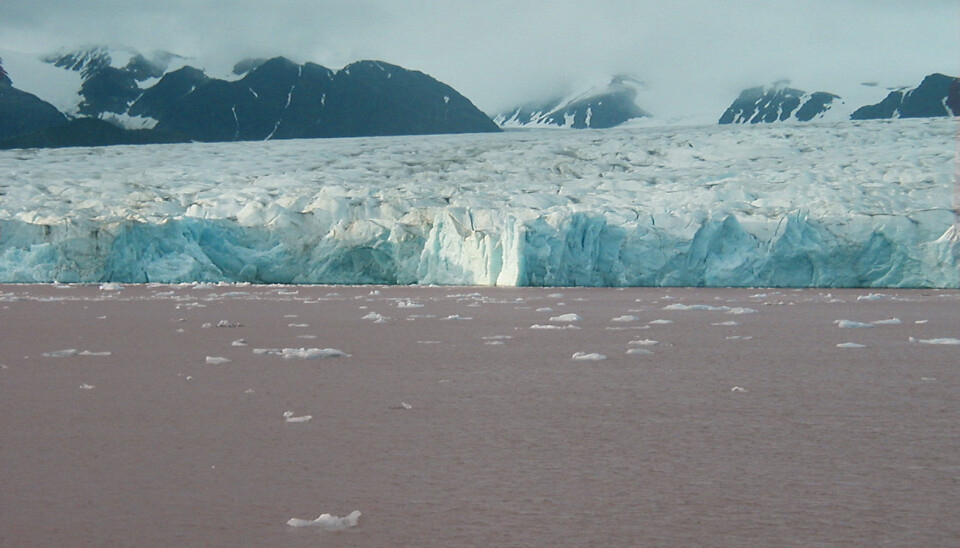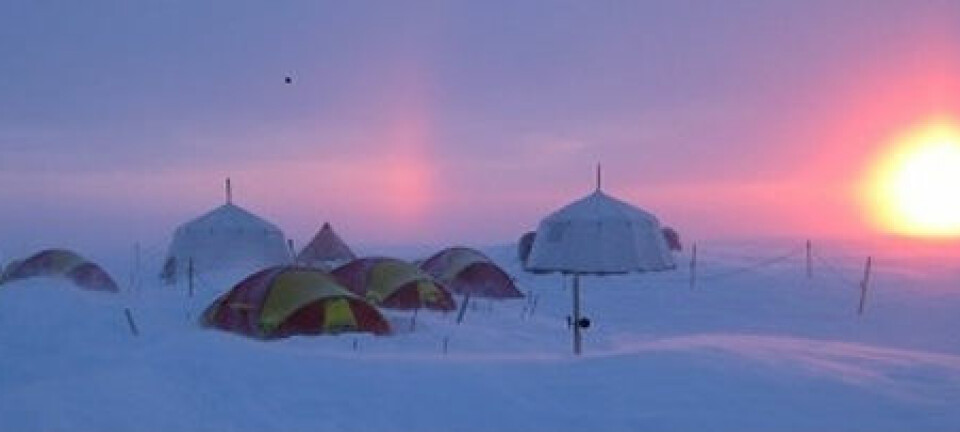An article from University of Tromsø – The Arctic University of Norway

Pink marine sediments reveal rapid ice melt during the Ice Age
Melting glaciers and rising sea levels are certainly not new phenomena. Climate change was dramatic even during the last ice age.
Denne artikkelen er over ti år gammel og kan inneholde utdatert informasjon.
Repeated, severe melting of the ice sheet contributed to a very unstable climate during the last ice age, concludes an article recently published in Nature Communications.
Active ice
Tine Rasmussen from UiT The Arctic University of Norway and Erik Thomsen from Aarhus University in Denmark have studied sediment cores from the sea off north-western Svalbard. Their studies show that the ice sheet shrank and grew again during the last Ice Age to a much greater extent than has been assumed.
“Our findings show that the ice was incredibly active. In less than 1,000 years it could retreat and grow again”, says Rasmussen.
It is safe to assume that the ice moved several kilometres.
Important knowledge

The cold climate during the Ice Age was repeatedly interrupted by short, rapid heating. This knowledge can help us understand what will happen during the global warming we experience today.
“This information is of great importance, although the consequences of melting ice will be much less dramatic now than during the Ice Age, because there is less ice and temperature changes were much larger back then”, Rasmussen explains.
Pink clay from Spitsbergen
Sediment cores the researchers have investigated contain pink marine sediments. This pink clay can be traced back to 400 million years old red sand stones at Svalbard, and was carried out to sea by melt water from the ice sheet.
“We can see that the red layers of the ocean floor were formed during the Ice Age’s warm periods, and that proves that every time the temperature rose, water from the melting ice was poured into the ocean”, says Rasmussen.
“We know from previous studies that in a few years the temperatures above Greenland could rise by more than 10 degrees Celsius, and during the Ice Age the ocean's water level rose and fell several times by as much as 10 to 20 metres”, she adds.
The sediment cores also show that the number of icebergs fell dramatically during these heating periods, and that the ice retreated from the coast.


































